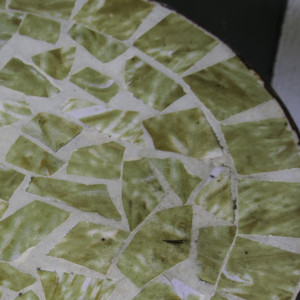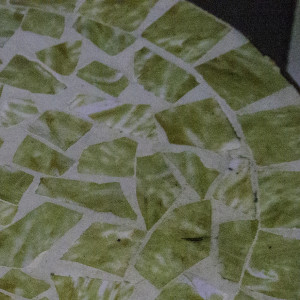Sensitivity is defined by the International Organization for Standards (ISO) in its abstract thus:
“ISO 12232:2006 specifies the method for assigning and reporting ISO speed ratings, ISO speed latitude ratings, standard output sensitivity values, and recommended exposure index values, for digital still cameras. ISO 12232:2006 is applicable to both monochrome and colour digital still cameras.”
Long ago we used to call this the ASA, which was the similar method for determining film sensitivity from the American Standards Association.
The lower the ISO number is set the longer it takes to record an image; and the less noise appears in the image files; higher ISO’s make faster recordings of images with more noise. Camera image processors have improved noise reduction so I may select higher ISO settings with little noise in my image with recent digital camera models.
Click on images to view at full size for better comparison of noise levels in the two images.
Methods of noise reduction include blurring or smearing small artifacts, subtracting pixels based on another exposure, and so on. Perhaps some small details get lost in the process. Although, details may be recovered using the algorithms used in the camera image processor or post processing. Some pixels in the resulting image thus may be made by firmware or editing software rather than light.
In summary, I can apply three basic camera settings: aperture, time, and sensitivity to make creative choices such as sharpness, and blurred or frozen motion. I can compensate for the lighting; I can select high sensitivity for low light exposures, and low ISO settings for cleaner, more detailed images.
Making choices with these settings lets me capture how I see a thing and share it in a photograph.

